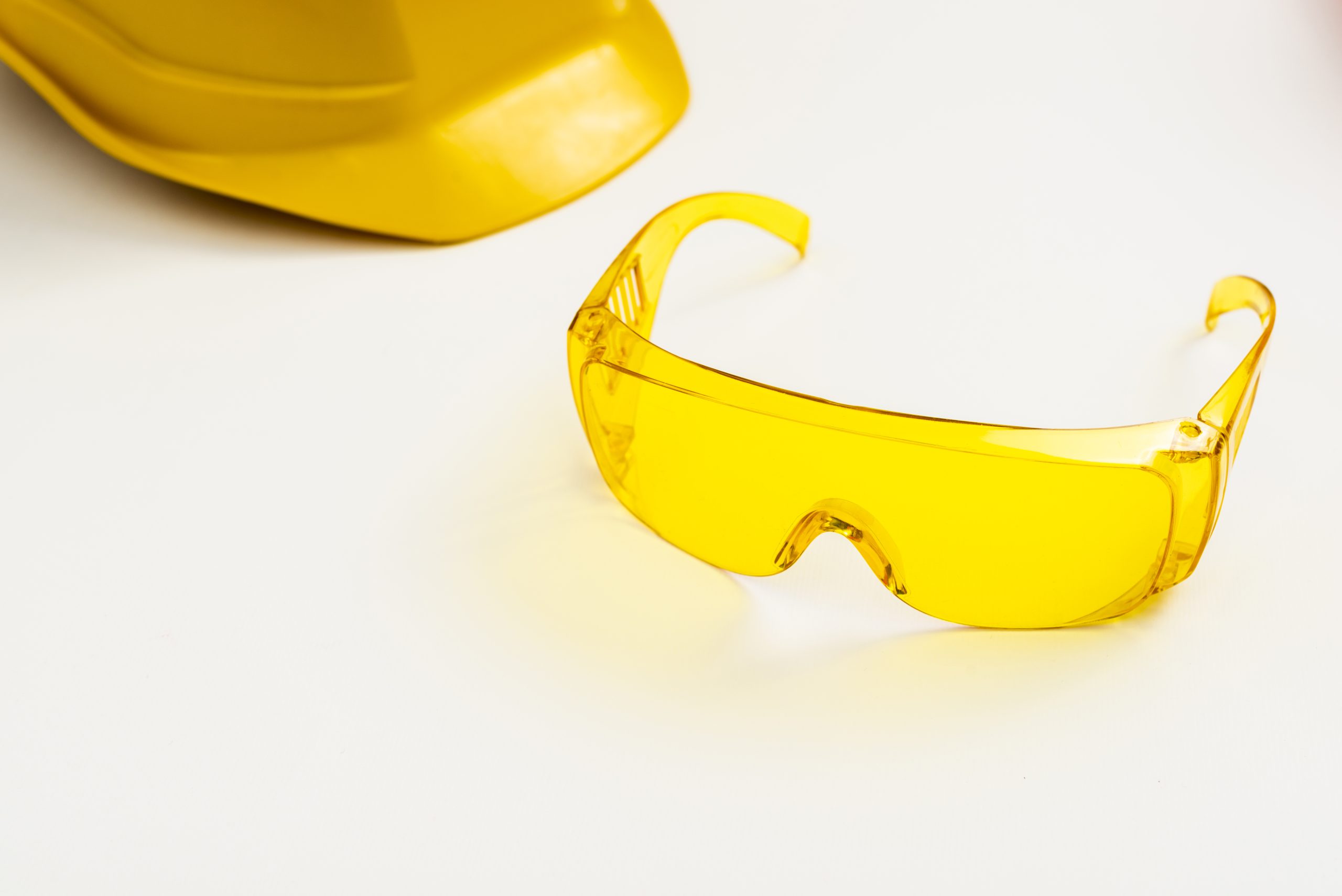In any work environment, the significance of eye protection cannot be overstated. Our eyes are invaluable assets that enable us to perceive the world around us, and safeguarding them should be a top priority. The workplace poses numerous risks and hazards that can potentially lead to eye injuries, ranging from flying debris and chemicals to harmful radiation. Therefore, investing in proper eye protection, such as safety glasses, is crucial to ensure the well-being and safety of employees.
Safety glasses as a vital safety measure
Safety glasses serve as a vital line of defense, shielding our eyes from potential harm and mitigating the risks associated with various occupational hazards. Unlike regular eyewear, safety glasses are specifically designed to meet stringent safety standards and provide adequate protection against a wide range of potential dangers. By understanding the risks and selecting the appropriate safety glasses, individuals can significantly reduce the likelihood of eye injuries and maintain optimal vision throughout their professional lives.
Workplace eye injuries and their impact on vision
Eye injuries can have severe consequences, potentially leading to temporary or permanent vision impairment. From scratches and foreign object intrusion to chemical burns and blunt trauma, the range of potential eye injuries is extensive. Each injury can affect different parts of the eye, including the cornea, iris, lens, and retina, jeopardizing visual acuity and overall eye health.
Industries with high-risk eye exposure
Several industries are particularly prone to high-risk eye exposure due to the nature of their work like
- Welding
- Construction
- Manufacturing
- Laboratories
- Auto Repair
- Electrical Work
- Carpentry
Functionality and Role of safety glasses
Safety glasses play a pivotal role in safeguarding our eyes by creating a physical barrier against potential hazards. They are designed to resist impact, prevent the penetration of foreign objects, and shield the eyes from harmful radiation. With their durable construction and specialized features, safety glasses offer reliable protection without compromising visibility or comfort.
Safety glasses VS Regular Eyewear
The regular eyeglasses primarily correct vision, they lack the necessary safety features and durability to shield against workplace hazards.
Safety glasses, on the other hand, are purpose-built to meet specific safety standards and provide comprehensive eye protection, making them an indispensable tool in high-risk environments.
Safety Glasses with Prescription Lens
Individuals requiring vision correction should not compromise on safety. Prescription safety glasses are designed to combine vision correction with adequate eye protection. By incorporating prescription lenses into safety glasses, those with visual impairments can ensure clear vision while minimizing the risks associated with their work environment.
Safety glasses for specific workplace hazards
Certain occupations demand the use of specialized safety glasses that address specific workplace hazards. For example, for those working in environments with intense light or radiation, such as welding or laser operations, safety glasses with tinted lenses and appropriate filters are essential to shield the eyes from harmful rays. Similarly, individuals working with chemicals or in laboratories require safety glasses with chemical-resistant coatings to protect against splashes or spills.
Lens Technology for Eye Safety
The lens technology is also important in safety glasses to protect your eyes
Anti-scratch coatings for lens longevity
One of the challenges faced by safety glasses is maintaining clarity and durability over time. Anti-scratch coatings applied to the lens surface provide enhanced resistance to scratches, ensuring a clear line of sight and prolonging the lifespan of the glasses. This feature not only maintains optimal vision but also reduces the need for frequent replacements, making safety glasses a cost-effective investment.
UV protection and its significance in safety glasses
Ultraviolet (UV) radiation from the sun can pose long-term risks to our eyes. Safety glasses equipped with UV protection filters shield against both UVA and UVB rays, safeguarding the eyes from potential damage, such as cataracts, macular degeneration, and photo keratitis. Even in indoor work environments, UV radiation can still be present, making UV protection an important consideration in safety glasses.
Lens tints and their role in specific work environments
Lens tints in safety glasses serve multiple purposes, addressing specific needs in different work environments. Clear lenses are suitable for general eye protection, providing unobstructed vision. However, tinted lenses in various shades, such as gray, amber, or blue, offer benefits in specific situations. For example, amber lenses enhance contrast and depth perception, making them suitable for low-light conditions, while gray lenses reduce brightness and glare, ideal for outdoor work.
Importance of Right Safety Glasses accordance to Workplace
Selecting the appropriate safety glasses requires a thorough assessment of the hazards and risks present in your particular work environment. Consider the types of potential eye injuries, such as impact, chemical exposure, or radiation, and identify the level of protection required. Consult with safety professionals or supervisors who can provide valuable insights and guidance in choosing the right safety glasses for your specific workplace needs.
Consultation with safety professionals or supervisors
Safety professionals and supervisors play a crucial role in ensuring workplace safety, including eye protection. Their expertise and knowledge can assist in selecting safety glasses that align with the specific requirements of your job. Engage in open communication with these professionals, discussing your concerns and seeking their recommendations for the most suitable eye protection options.
Importance of Employee Training on Eye Protection Measures
Proper training and education on eye safety are paramount in creating a culture of safety in the workplace. Employees should receive comprehensive training on the proper use, care, and maintenance of safety glasses. They should be educated about the potential eye hazards in their work environment and the importance of consistent eye protection practices. Regular training sessions ensure that employees remain vigilant and knowledgeable about eye safety measures.

Promoting a Culture of Eye Safety in the workplace
Promoting a culture of eye safety requires a collective effort from both management and employees. Employers should foster an environment that prioritizes eye protection, providing the necessary resources, including safety glasses, training programs, and regular safety audits. Employees, in turn, should actively participate in safety initiatives, adhere to eye protection protocols, and report any potential hazards or concerns.
Awareness about Eye Injuries and Preventive Measures
Raising awareness about eye injuries and preventive measures is essential in fostering a proactive approach to eye safety. Regular communication, safety newsletters, posters, and toolbox talks can serve as effective platforms to educate employees about the risks of eye injuries and the importance of using safety glasses. By consistently reinforcing the message of eye safety, organizations can empower individuals to take responsibility for their own well-being.
Take Away
Protecting our eyes should never be taken lightly. Whether working in high-risk industries or seemingly low-risk environments, everyone should prioritize eye protection. By understanding the risks, choosing the right safety glasses, and adopting healthy eye habits, we can safeguard our vision, enhance workplace safety, and promote a culture of eye safety. Let’s commit to proactive measures and take the necessary steps to ensure lifelong eye health and well-being.












No Comment